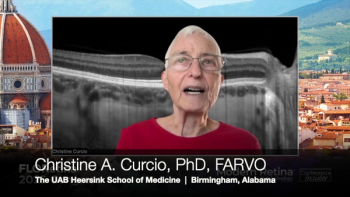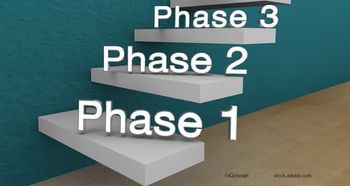
Ultrasound detects AMD differences
Wavelet augmented ultrasound effectively detects differences in choroidal microarchitecture in eyes with wet and dry AMD, according to a recent paper.
Wavelet augmented ultrasound effectively detects differences in choroidal microarchitecture in eyes with wet and dry AMD, according to a recent paper.
The prospective case series headed by Dr D. Jackson Coleman, Department of Ophthalmology, Edward S. Harkness Eye Institute, Columbia University Medical Centre, New York, USA, included 69 eyes of 52 patients. The signal from the retina and choroid was extracted via digitized 20 MHz B-scan radiofrequency ultrasound data.
Statistical modelling applied to the wavelet coefficients assessed differences between dry, wet and non-AMD eyes, while receiver operating characteristic (ROC) analysis was adapted to evaluate a multivariate classifier.
The group discovered that 18 patients did not have AMD, 23 had dry AMD and 28 had wet AMD. Multivariate models presented statistically significant differences between groups and multiclass ROC analysis revealed an excellent volume-under-curve of 0.892±0.17.
Ultrasound is highly sensitive to the organizational elements of choroidal microarchitecture with regards to scatter and fluid tissue boundaries as seen in ischaemia and inflammation.
The abstract can be read in the latest online issue of the
Newsletter
Get the essential updates shaping the future of pharma manufacturing and compliance—subscribe today to Pharmaceutical Technology and never miss a breakthrough.








































